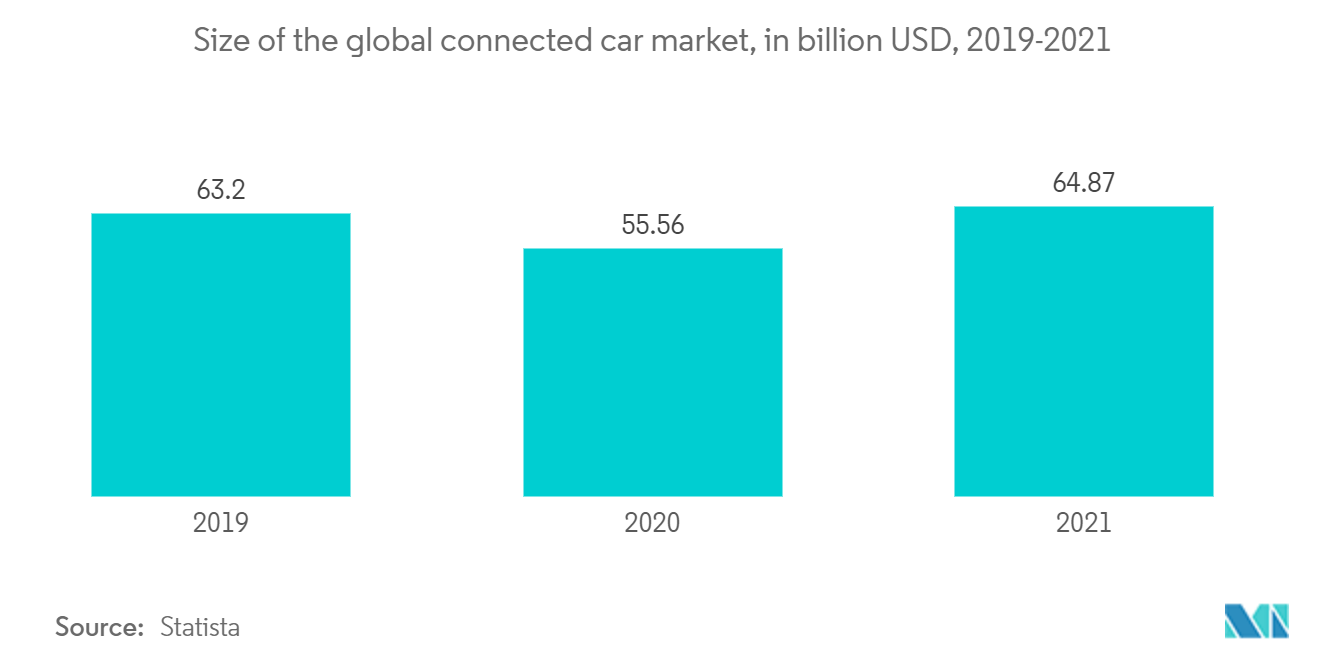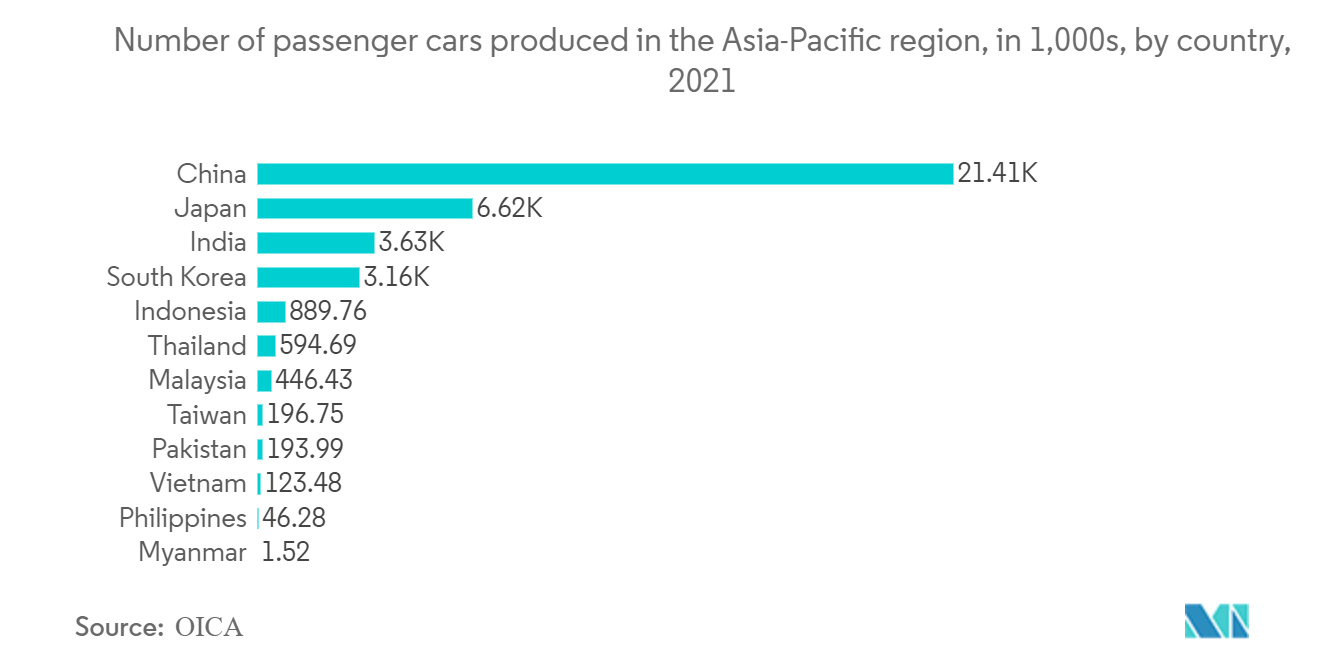Market Trends of Finished Vehicles Logistics Industry
Increase in Blockchain Technology Adoption in Finished Vehicle Logistics
With 5G networks, more devices will be able to connect to each other, which will make it easier to send and receive data.Wireless connectivity is essential for providing a better user experience in connected automobiles. Many firms in the telecom sector are developing 5G to improve the efficiency and safety of connected vehicles. According to the International 5G Automotive Association, future 5G technology can prevent around 68% of accidents. For example, the EU and South Korea have agreed to collaborate on 5G research, with each promising USD 782 million and USD 1.5 billion in funding for local 5G initiatives. Furthermore, increased cloud usage and the introduction of new cloud data centers are likely to create attractive growth possibilities for expanding data storage produced by the Internet of Things.
Some market participants are putting this technology to use to track each car unit in real-time and manage transactions automatically. Blockchain technology is expected to have a big influence on the car logistics business. The increased adoption of these modern technologies allows for better-structured operations, which will fuel market expansion in the next few years.

APAC Region Leads the Finished Vehicles Logistics Market
- As the population grows, so does the demand for efficient mobility. The area is known for being home to some of the world's most lucrative automobile manufacturers. With its high levels of production, the automotive sector, which comprises the manufacturing of motor vehicles as well as aftermarket components, creates a large number of sales of passenger cars and commercial vehicles for the region. As a result, it is a critical sector for many Asia-Pacific economies. Many Asia-Pacific countries stand out as significant rivals in the automobile market.
- Japan, China, and South Korea all have robust automobile manufacturing businesses. Toyota Motor Corporation of Japan is the world's second-largest vehicle manufacturer in terms of market value. While Japan has high-quality vehicle brands, China produces the most automobiles in the world. China's Shanghai Automotive Industry Corporation (SAIC) has constantly increased income, with only a tiny recession in recent years, while South Korea's Hyundai Motor Company is the country's largest car manufacturer.
- Furthermore, the region includes China and India, which account for around 34% of global car manufacturing. During the period of the projection, the market is expected to grow because of investments from both businesses and the government, as well as FDI. For example, the Union Cabinet approved the production-linked incentive (PLI) scheme for the automobile and auto component industries. The PLI program for the car sector (a USD 3.5 billion investment) provides financial incentives of up to 18% to enhance local manufacture of innovative automotive technology goods and attract investments in the automotive manufacturing value chain.

